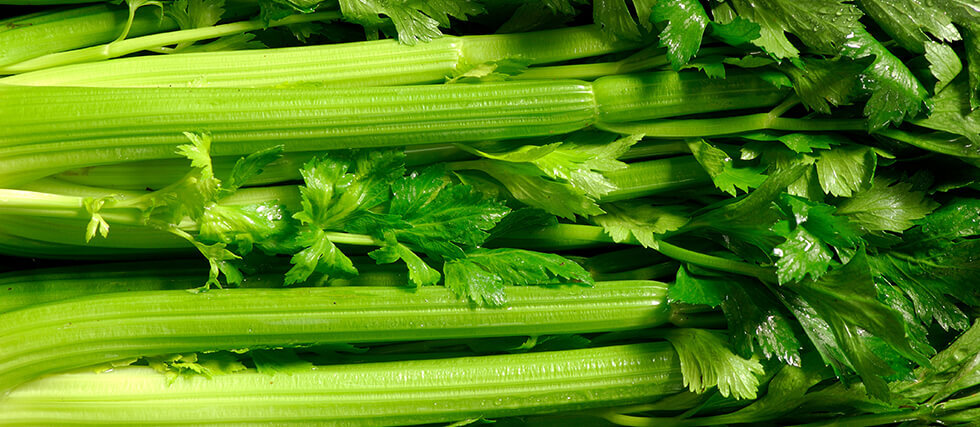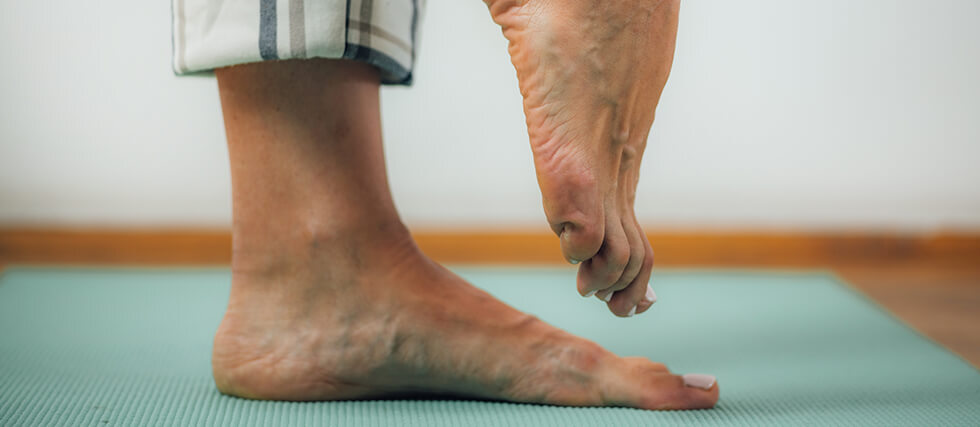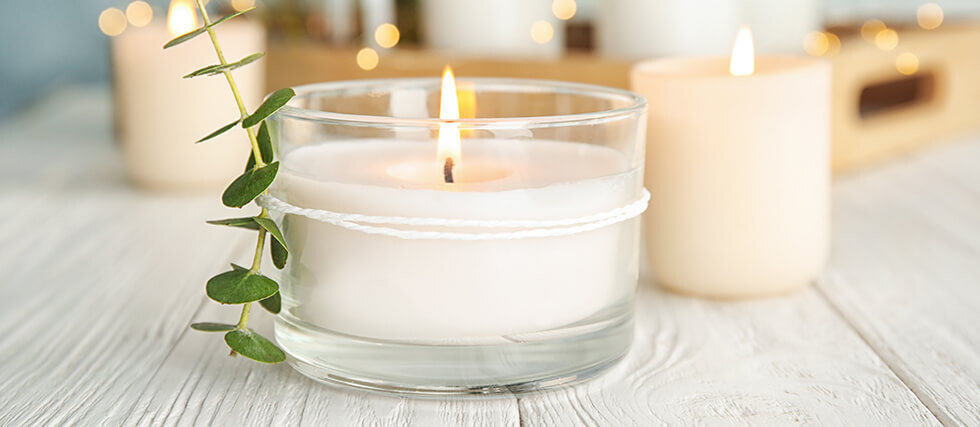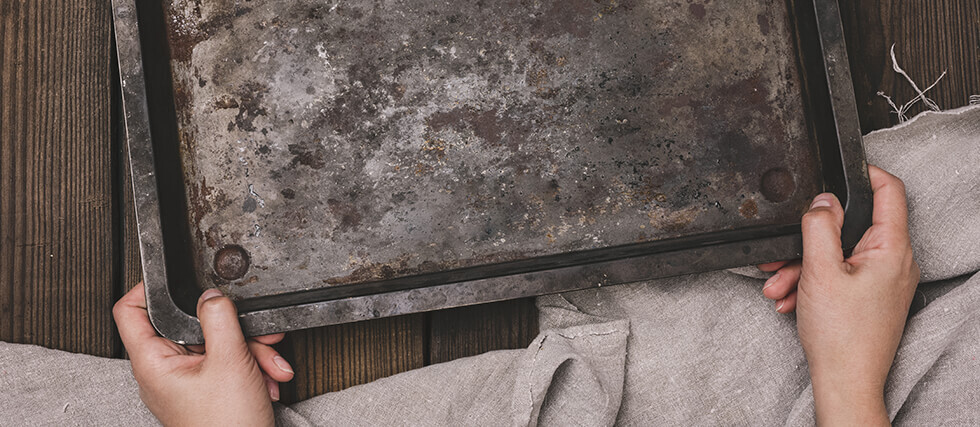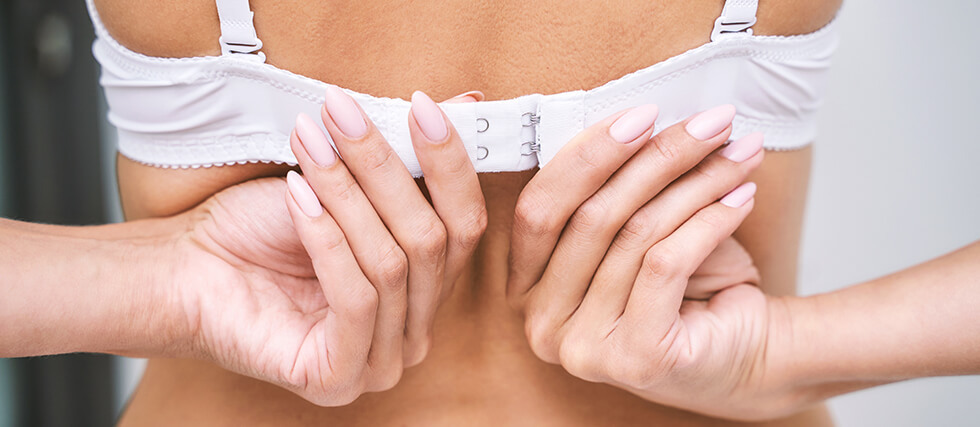Listeria Alert: Over 1,500 Celery Packs Sold at Walmart May Be Contaminated
A nationwide health warning has been issued after over 1,500 cases of Marketside Celery Sticks—sold at Walmart—were flagged for potential Listeria monocytogenes contamination. The pre-packaged veggie sticks, distributed by Duda Farm Fresh Foods, Inc., were sold in 29 states and Washington, D.C., and may pose a serious health risk.
The FDA confirmed that a routine test revealed Listeria in one four-pack of celery sticks purchased in Georgia. In response, the company has voluntarily issued an advisory, urging consumers to check their fridges and freezers. While the affected celery packs are no longer available on store shelves and are past their “best by” date of March 23, 2025, there’s concern that some may still be stored for future use.
The impacted product is the Marketside 4-in/1.6 oz Celery Sticks, UPC code 6 81131 16151 0, Lot Code P047650.
Listeria is not to be taken lightly. The bacteria can cause life-threatening infections, especially in young children, the elderly, and people with weakened immune systems. Even healthy individuals may experience severe flu-like symptoms. Pregnant women face even greater risk, as listeria can lead to miscarriage or stillbirth.
No illnesses have been reported as of now—but don’t take chances. If you have this celery in your home, do not eat it. Toss it immediately.
Only this specific lot is affected. No other Duda or Marketside products are included in the warning.Stay alert, check your produce, and spread the word. Listeria is a silent threat—but vigilance can stop it in its tracks.


